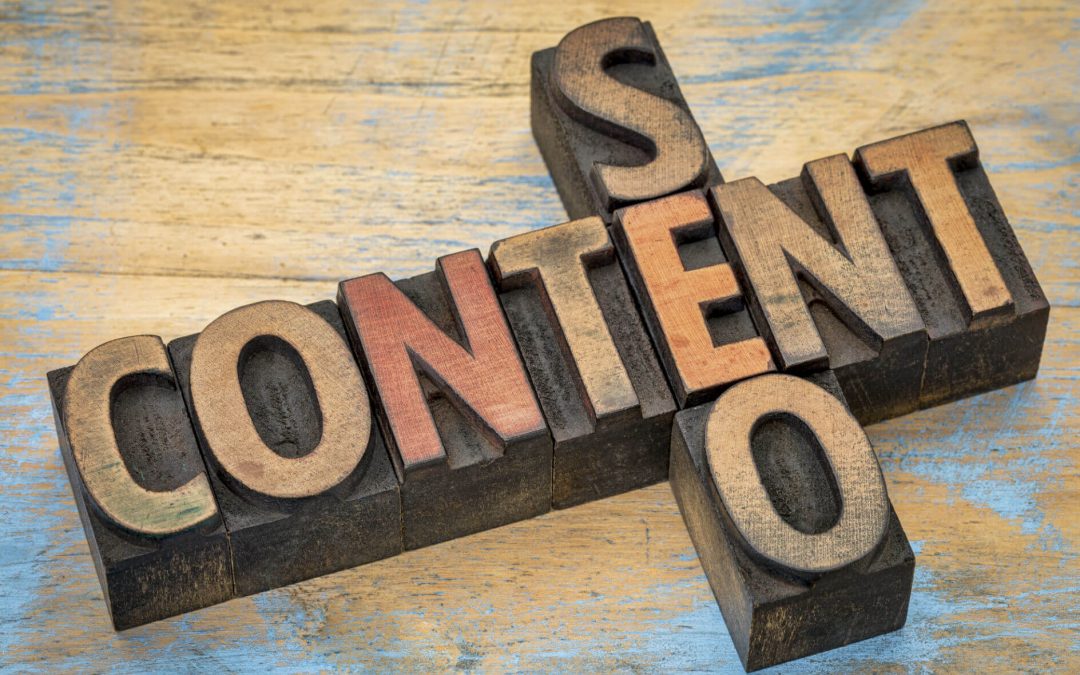
SEO (search engine optimization) is constantly evolving. Despite recent changes, the importance of content in SEO has remained constant. By optimizing your web pages, you make your website more accessible to people using Google and other search engines to find keywords related to your business. But do you know how to SEO-optimize content?
This article will explain what SEO is, what SEO content is, what content marketing is, and how to optimize your blog posts for SEO.
What Is SEO?
Search engine optimization (SEO) is the process of increasing your website’s visibility on search engines like Google, Bing, etc. If your page is visible in search results, you are more likely to attract new and existing customers.
What Is SEO Content?
As stated previously, SEO is the process of improving your website’s visibility in search engine results pages. To grasp SEO content, we must first grasp content.
Content is any online information that can be indexed by search engines. Content includes website content, blog posts, images, graphics, and videos. SEO content is created using techniques to specifically improve search engine results and thus traffic to your website.
Search engines display organic results based on a web page’s importance and authority. The frequency of use of keywords and phrases within a web page’s content determines importance, while the total number of reliable backlinks pointing to that page determines authority.
For SEO-friendly content, use specific keywords and write with your target audience in mind.
Understanding of On-Page Content Optimization
The two go together. Your SEO ranking factor and traffic will decrease if you don’t have high-quality content. If your target audience cannot find what they are looking for, then you must create SEO-friendly content that people want to read regularly.
Here are some guidelines and best practices to help you create amazing content for SEO.
1. Use keywords
Keywords are vital in your SEO strategy. The keywords must be used naturally in your content. Use keyword phrases rather than single keywords. While a keyword phrase in your title may not be the most interesting or funny, it will increase your content’s visibility.
Use long-tail keywords when writing blog posts. Long-tail keywords encourage website visitors to read the entire blog post before contacting you for more information, which increases traffic to your site.
2. Use Proper Headings
Headings are important in content optimization but often ignored. Header tags (H1-H6) are used to define and structure an article or blog post. When used correctly, headers can help Google identify a blog’s main theme.
For example, only one H1 tag per page is required. Multiple H1 tags may confuse search engines by indicating multiple major topics.
3. Maximize Post Length
Google favors lengthy blog posts. A first-page Google search result is usually 2000 words long. While it isn’t required to publish a post of that length every time you update your blog, it usually yields better results. You can avoid a text wall by using bullet points, subheadings, and lists to break up long pieces of content into manageable chunks.
4. Link Optimization
High-quality links are an important part of any SEO strategy. So Google and other search engines can return more relevant results to users. Quality links are required to improve search engine rankings.
Building a strong link profile takes knowledge of what constitutes a good link, a bad link, and what you can do to optimize your website’s performance. Let’s review the basics of link building to better understand how to optimize your link.
Checklist for SEO Content Optimization
1. Keyword Research
Keyword research is critical for SEO content optimization. If you do your keyword research correctly, you’ll be able to use more comprehensive long-tail keywords that match your unique product or service. Determine the primary and target keywords that will be used in the blog posts.
2. Use Keywords In A Sensible And Natural Way
Don’t overuse a keyword that your audience loves. Keyword stuffing is using the same keywords repeatedly. Google will penalize that page, lowering it in the search results. Alternatively, use synonyms and related terms.
3. Optimize The Title Tag
The title tags are the first thing people see when they click on an organic result. Keep in mind that the viewable character count should be between 45 and 55.
4. Add Keywords In The URL
Using keywords and other descriptive phrases in your URLs can help you understand what your visitors are looking for. As the anchor text for most links to your site, the keyword-rich file names can help improve your results.
5. Image Optimisation
Your website’s visitors will stay longer if it loads quickly. As a result, load time is an algorithmic factor in search engine rankings. Images frequently contribute the most to page load times, so smaller image file sizes are beneficial.
6. Write Effective Meta Descriptions
Meta descriptions are 148-155 character summaries of webpage content that appear alongside title tags in search engine results. Thus, optimizing meta descriptions is critical to properly describing your site and attracting users. While meta descriptions do not directly affect rankings, they do indirectly influence user behavior.
7. Practising of Internal Linking
An internal link connects two domains. Internal links connect pages on your website. Internal links use descriptive anchor text to link to previous blog posts or site pages. This can help resurrect old files and help them climb the rankings.
8. Mobile-Friendly Design
Because so many people now read content on phones and tablets, Google penalizes non-mobile-friendly websites. For mobile sites, use a responsive design rather than starting from scratch.